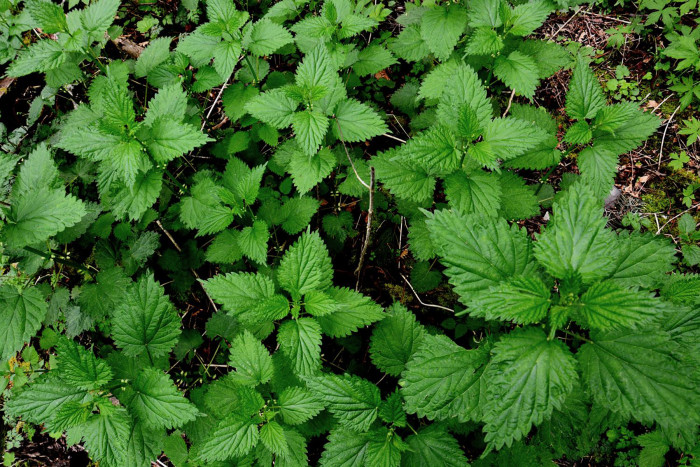Spring brings a bounty from our plants
by Tricia Thomas
Historically, winters were times of hunger so new spring plants were very important nutrition boosters in the traditional coastal diet. Nettles, salmonberry shoots and other delicacies begin to appear.
Many tree buds and plant shoots contain Vitamin C, needed for the immune system and dental health.
Stinging nettle is a great traditional spring plant. It grows in most lowland forested areas, especially old fields and damp ditches. Although it’s mostly known as “a plant to avoid” because of the stiff hairs on its leaves that cause blistering and stinging, nettles are also a very nutritious plant to eat. It’s known as ‘Indian spinach’ because it contains iron, vitamins and minerals just like Popeye’s favourite food.
Early shoots started to appear in late January and the tiny buds provide a good snack. Young leaves are best to pick for eating as a steamed vegetable. Harvest while wearing gloves and using scissors or pruners to avoid being stung. Be sure to pick a location away from areas sprayed with herbicides. If you do get exposed to the prickly hairs, mashed-up yellow dock leaves will sooth the sting.
Nettle tea can be made from the dried leaves, stems and used as a tonic or to help boost milk production in nursing mothers. Also, the juice from boiling nettle roots conditions hair and helps skin ailments like eczema.




